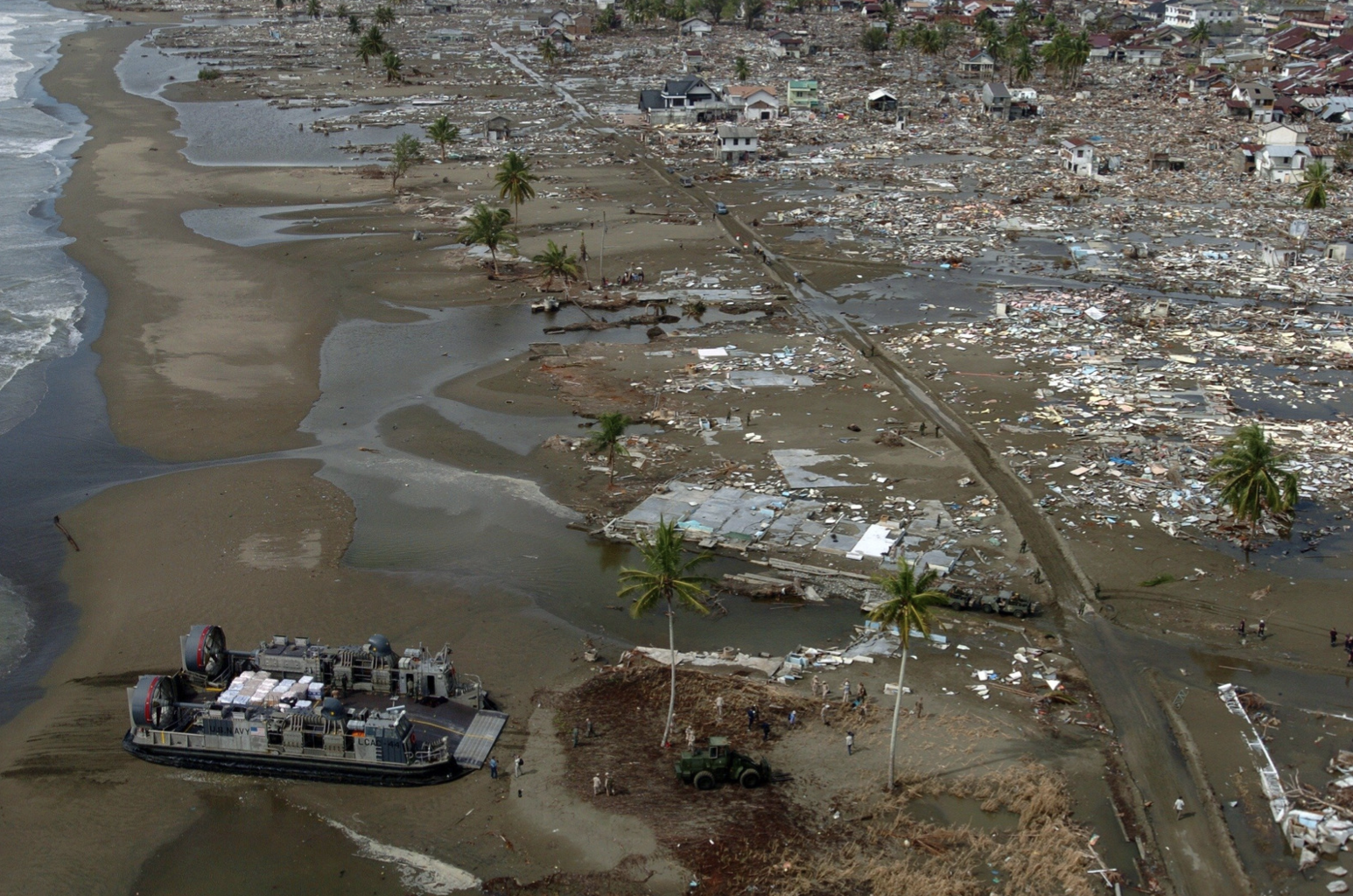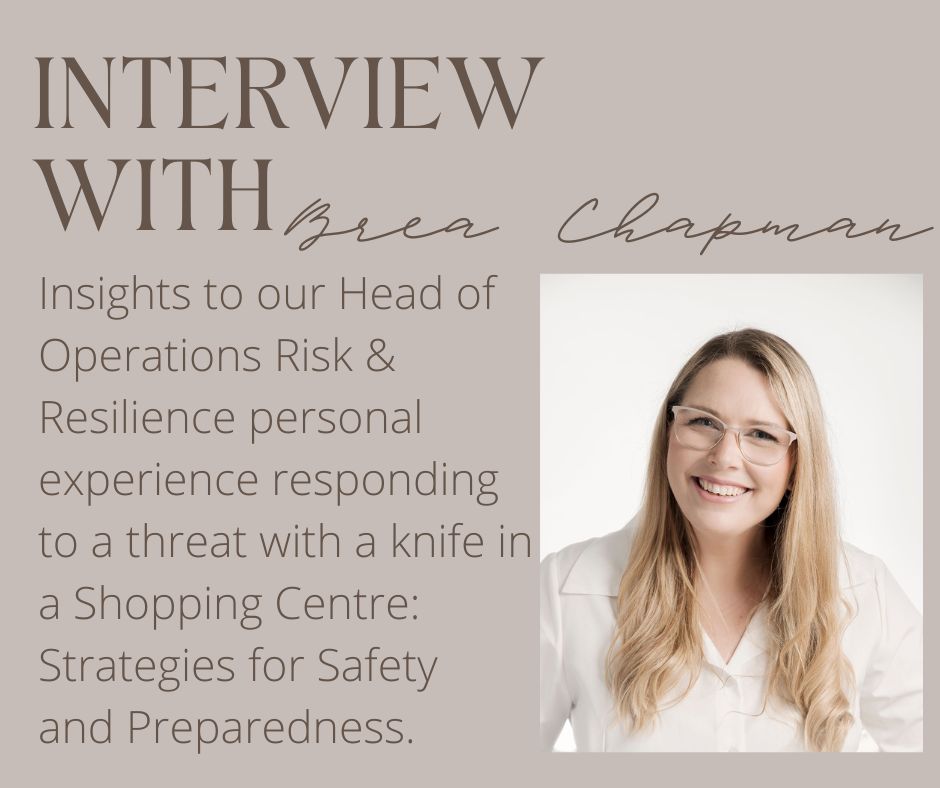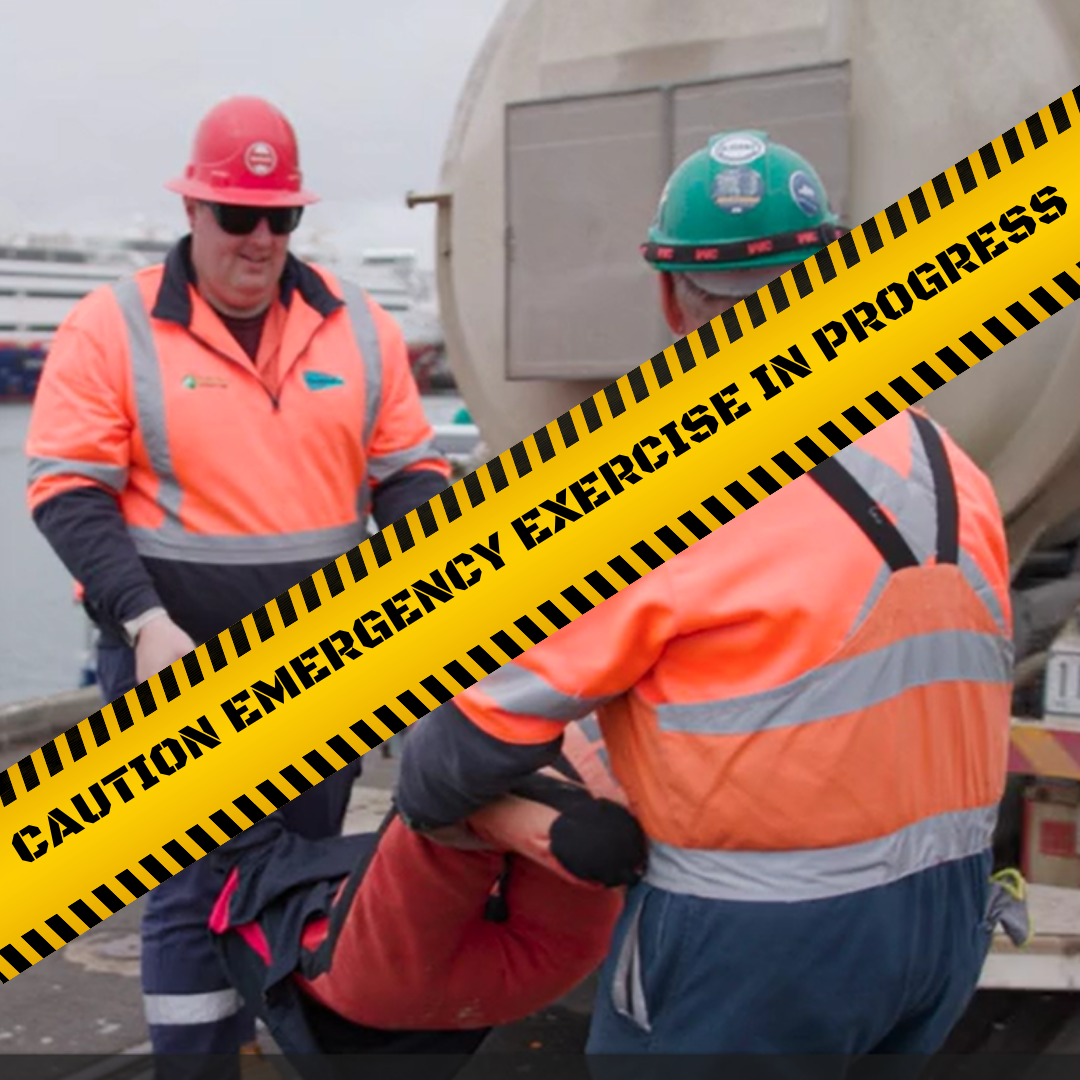Off the coast of the Tonga archipelago is an underwater volcano called the Hunga Tonga Hunga Ha’apai volcano. Underwater volcanoes are generally found on the edges of tectonic plates and can be highly active due to the movement of tectonic plates around them. Tonga is located on the boundary of the ring of fire, a ring around the Pacific Ocean that is home to the most active volcanoes on Earth, including many submarine volcanoes. Within these volcanoes, magma located under Earth’s surface contains a high-pressure buildup of gases and water vapour. When magma is forced out of an underwater volcano at high speed, the usual layer of steam that would form between the water and magma to allow it to slowly cool is not present. Instead, the magma and cold water come into direct contact, resulting in a violent explosion.
Over the last decade, this particular volcano has been rather active. However, the explosion that occurred earlier this year was by far the largest and most dangerous one that has occurred in recent times, and will occur only once during its 1,000-year cycle. The explosion was so large that parts of Australia, New Zealand and even Alaska had reports of hearing sonic booms caused by the eruption. The explosion also led to numerous islands around it being flattened by tidal waves, with infrastructure being all but destroyed. Countries all around the world were issued tsunami warnings and swells occurred in bays as far as the United States, posing a threat to those in the water.
How is a tsunami generally formed?
Tsunamis are usually associated with earthquakes that happen under the ocean. Earthquakes generally occur when the sudden movement of tectonic plates at plate boundaries causes a release of energy. When earthquakes occur under the ocean, this movement of tectonic plates can sometimes displace a huge amount of water. In many instances, the seafloor will lift, and this will push large amounts of water away from the epicenter of the earthquake, leading to large waves and flooding once this water reaches landmass.
The tsunamis that impacted Tonga, and have led to tsunami warnings around the pacific, were likely caused by shockwaves from the volcanic explosion. The explosion would have led to the release of huge amounts of energy, which would also have been responsible for the sonic booms heard around the world. While a volcano causing a tsunami is rather unusual, these kind of tsunamis can act just like earthquake tsunamis and can be as threatening to the safety of those in at-risk areas.
What to do when a tsunami strikes
1. Know the warning signs
While many will not realize that a tsunami is headed for them until they see the waves rushing towards the shore, there are some warning signs that can hint at a tsunami approaching.
One of the most telling signs is a drawback, in which the water near the shore is suddenly pulled away from the land, sometimes receding back hundreds of meters. The tsunami will follow shortly after. This can happen over and over, and is touted as the ‘natural warning sign’ for a tsunami. While drawbacks do not always occur when there is a tsunami, its distinct nature is an extremely helpful sign, particularly for those on the shore who are most at risk.
2. Remember that tsunamis can come in different forms
While the large, skyscraper-high waves we see in movies are certainly tsunamis, these are not the only kind that can occur. Tsunamis can act like a ‘flash flood’, in which the ocean level rapidly rises, inundating land around coastal areas.
And while shorter waves may seem like less of a worry, it is important to remember that tsunamis of any height can still cause severe injury to people and damage to infrastructure. Even areas such as Australia and the United States experienced tsunami warnings after the Tonga volcano explosion, despite their distance from the volcano, as small tsunamis can still cause large swells and rips which can be dangerous to anyone in the water or on the foreshore.
3. Get to higher ground and avoid the foreshore
The key to surviving a tsunami is distance. The higher above ground you can get, and the further inland you can go, the more likely you are to survive. If you can still see the tsunami wave from wherever you are, you are not yet far away enough. Every meter you can put between yourself and the tsunami matters, and will help you to avoid the high-speed waves and dangerous debris.
Disaster Management and Tsunamis
In Australia, we are rarely impacted by tsunamis. But, if the last few years have taught us anything, it’s that you must always prepare for the unexpected, before it catches you off guard. Natural disasters, particularly ones like tsunamis and earthquakes, can threaten lives and wipe out infrastructure, displacing hundreds, thousands or even millions of people. Having disaster management plans in place can ensure that your business, community and state are prepared to handle whatever the world may throw at you. If your disaster management plans need an update, contact Resilient Services today, and see how we can help you prepare for anything.




